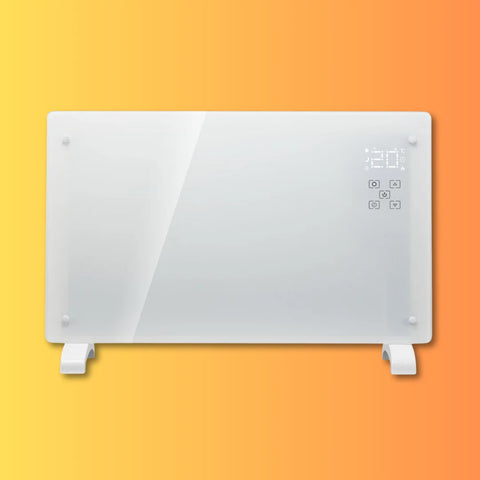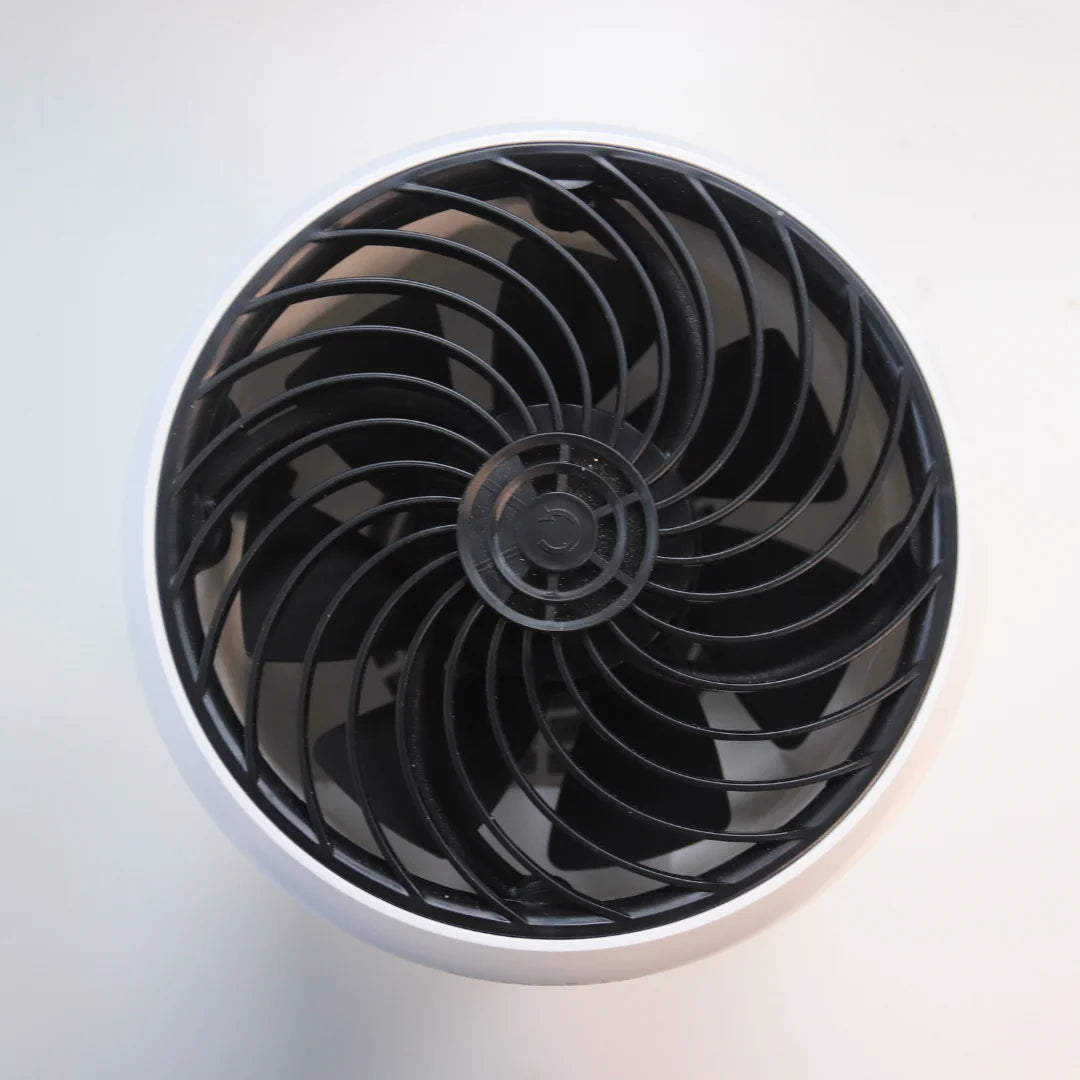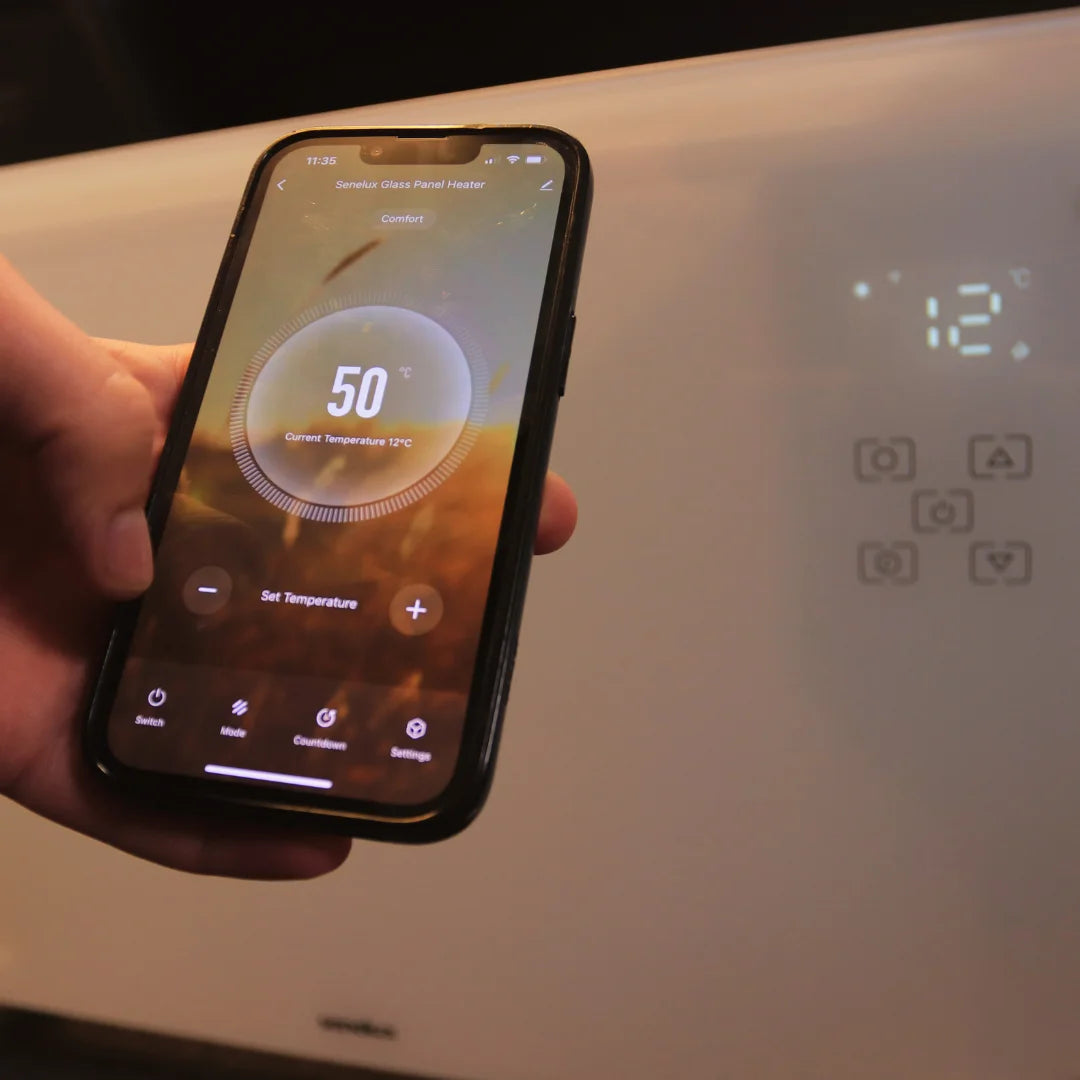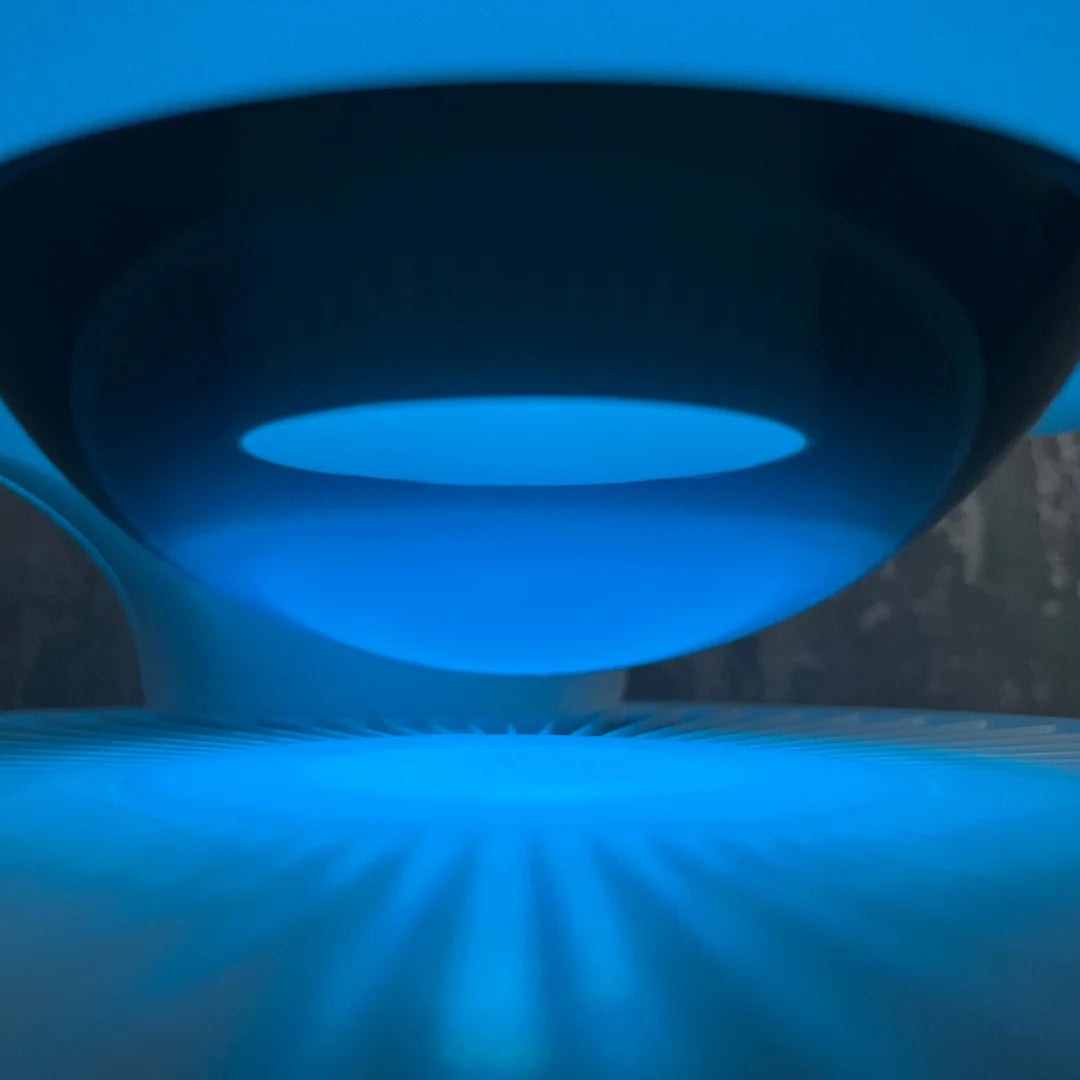When it comes to home appliances, there are a lot of concerns that people have that are perfectly valid but hard to explain. People may ask how specific devices work or about various controls and functions. However, one of the most pressing questions to answer would have to be the regarding the running costs of various electronics. Running costs, cost to run, cost per hour- whatever you want to call it, it's clearly becoming an important question for us all to grapple with. Particularly during the current cost of living crisis. In this article, we're going to be looking over energy efficiency, what it means, how it works and what it does for you using great examples of electronic home appliances.
What is Energy Efficiency?
Energy efficiency can more or less be translated as "bang for your buck." A glib but really quite accurate way to put it. Essentially, energy efficient home appliances will likely have more efficient engineering that reduces the amount of energy needed in order for that appliance to do something. For example, whilst a standard dehumidifier may use 360 Watts (360w) to drain 12 litres a day, an energy efficient dehumidifier would be able to gain the same, or sometimes a better result, using less Watts. This may not seem like much; but in the United Kingdom, the wattage of your home electronics has a significant impact on the amount of money you'll end up paying in your energy bills. Of course, the higher the wattage of a device; the more a device will cost to run. Of course, there are many ways an appliance can be considered energy efficient, and that is what we're going to go over now.

How Energy Efficient Devices Work
Energy efficient home appliances can operate in one of three ways, all of which are designed to save you money on your energy bills. These include downsized home appliances, where the appliance itself is designed to minimise the amount of energy needed. This is great for those looking for a hands-off approach to reduced energy costs. Another way that a device can be energy efficient is through the use of various functions such as additional modes, adjustable settings and timers that will automatically shut off various home devices when they have completed their desired job. This is the best way to have a little bit more control over your spending with flexibility and convenience on your side.

Having multiple modes built into a dehumidifier, air purifier or heater is not only fantastic for energy efficiency and reducing the cost to run of many of your favourite home electronics- but will also allow you to customize your home comfort to your liking. When it comes to modes like the Eco mode that are built in to the likes of the Senelux Wifi Glass Panel Heater and the Senelux Oil Filled Radiator, energy efficiency is achieved by reducing the amount of electricity that your appliances will use whilst still operating at the highest ability possible. This can, sometimes, have an effect on the speed of your electronics (heaters- for example- may take longer to warm a room) however the results are still the same as any other mode and, thanks to the very definition of Eco mode, you'll certainly be able to knock a few precious pounds off of your typical energy bill.
A Third Energy Saving Method
Understandably, you may be looking for more ways in which you start to make savings on your energy bills. We've covered device customization (through the use of various modes) and also devices that are specifically engineered to be energy efficient. But if you'll recall, we promised a third way of reducing money on your energy bills and this is where things become really exciting.
Smart Home devices are rapidly being recognized as a new energy efficient way to get things done in your home. Energy efficient in the traditional sense- saving you money on your energy bills- and energy efficient when it comes to reducing the amount of time you'll have to spend in maintaining your home. This is due to several factors (which we'll cover more in-depth in our next article.) Suffice it to say, what makes Smart Home devices more energy efficient than traditional home appliances is multifaceted and detailed. The main way that this is done however is through automation. A straightforward way to save energy. Automation isn't new when it comes to home appliances (in fact, some of our best heaters feature adjustable timers) but when it comes to more pragmatic home appliances and home must haves, there's no denying that this can be seen as a new concept. But this is something that we'll save for next week's article where we'll cover Smart Home devices in more detail.
How Much do my Appliances Cost me?
The ultimate question. Realistically, there's no tried and tested way to know for sure. In the United Kingdom, there's no average value on what the typical household spends on household appliances. All that we can really do is take a look at the costs relative to Wattage (w) and the average energy tariff in the UK. Whilst I do pride myself on understanding costs, it's important to note that this is not a precise science. But using some of the latest and greatest Senelux products as our examples, let's break down the running costs of some must have household appliances based on the UK's average energy tariff.
An Affordable UK Dehumidifier
Obviously- we're going to start with one of our world famous dehumidifiers. Designed with energy efficiency in mind and appearing frequently in my various articles. We're going to be taking a look at a personal favourite of mine; the 12l per day dehumidifier (formerly- the Senelux Virgo Dehumidifier.) Now there's no denying that dehumidifiers are a must have in the United Kingdom. If you don't believe me, just check out our article on the topic. Because of that reason, we're going to be cracking into the 12l per day and seeing how much this amazingly efficient dehumidifier costs to run and how it can be so cheap to achieve a fantastic result.

According to an electricity cost calculator (which we'll be using for each of our examples for fairness' sake,) the 12l per day dehumidifier costs £0.04p per hour when operating at maximum capacity. As you can probably guess, this is on the lower side for a large home dehumidifier and therefore we can safely say that the 12l per day dehumidifier is "bordering" on energy efficient. I say "bordering" because 4 pence can still seem like quite a lot. Maybe not for those looking for a way to dry their laundry- for that you'll only need to have the dehumidifier on for around an hour or two per day. But if you're dealing with leaks, mould or damp in your home, this can start to add up. Until we take a look at some of the other features that really make this one of the UK's cheapest dehumidifiers to run.
Money Saving Dehumidifier Settings
If you're up to date on our articles (which you probably should be!) you'll know about relative humidity (RH.) Relative humidity is something that we've covered extensively in the past and often refers to the ambient humidity in any particular room. A handy metric to have when it comes to dehumidifiers! Now, the 12l per day dehumidifier comes with a timer. We've already covered why this is a great energy efficient way of dehumidifying. However, that's not all. This great dehumidifier also has a relative humidity achievement setting. What does this mean? Well, your 12l per day dehumidifier doesn't just keep track of your home's relative humidity- but is also capable of maintaining it- automatically switching itself off when your desired relative humidity is achieved.

For the energy conscious, this really propels the 12l per day dehumidifier to exceptional levels. Being able to select the levels of humidity that you want in your home is a great way to get involved in the world of home dehumidifiers whilst also making sure that you're fully in charge of your home comfort. A truly cost effective, energy efficient way of running such a large capacity and highly efficient dehumidifier.
How Much do Bug Zappers Cost to Run?
This one requires a bit of thought. It's far too easy to jump to conclusions when it comes to bug zappers and fly swatters. The main component is electricity- which may give the energy conscious among us pause for thought. But there's no reason to be alarmed. The best bug zappers out there are designed by people who understand how you want to use your bug zapper and you can trust them to have your back. Bug zappers are a great example of: home appliances that are specifically designed to be energy efficient, and it's not hard to understand why.
Many types of pest in the home; mosquitoes, flies, wasps, etc, can attack at any time- able to squeeze their way into various nooks and crannies in your home. This means that these pesky pests will be waiting to irritate you at all hours of the day and thus your bug zapper will need to be switched on throughout the day to reliably deal with the problem. This is why bug zappers are built to be energy efficient- because we know that people who use bug zappers will be using them frequently. And there is no greater example of this energy efficient bug zapper design quite like the Senelux 18w bug zapper.
Bug Zapper Cost to Run
One of the best bug zappers in the UK, the 18w 4200v bug zapper has everything you need to enjoy some peace and quiet during the spring and summer months. Taking care of those pesky bugs that pester you in your home and garden. Operating at a minuscule 18w per hour, this bug zapper is affordable and a great investment in your home comfort. 18w per hour is such a small amount of energy use that the 4200v bug zapper costs as little as £0.004 to run per hour. If you were to leave your bug zapper on all day (a stretch of around 24 hours) you would be looking at a cost of less than 9p per day. So get ready to enjoy a peaceful, summer night's sleep, free from any annoying bugs or bites, thanks to your energy efficient bug zapper.
Smart Home Savings
We've covered alternate modes with the 12 litre per day dehumidifier. We've covered energy efficient design with the 18w bug zapper. Now we move on to the most exciting energy saving option out there. Smart Home Devices. Relatively new, smart home devices are known more simply as "devices that can be controlled from your phone." Sounds simple enough, right? Well, smart home appliances are much more convenient and savvy than that. Giving the user a great way to look at the performance standards of their smart heater, dehumidifier or air purifier. This lets the user see things like temperature, relative humidity, etc from the comfort of the own phone and adjust their smart device accordingly. A truly convenient and reactive way to adjust your energy usage.
Wifi Panel Heater and Radiator
And all of this brings us on to one of the most interesting heaters currently available. The Senelux Wifi Panel Heater and the Senelux Oil Filled Radiator. Both with smart, app controls and both able to be tracked and catalogued conveniently from your mobile phone- these heaters are so much more than simple electric heaters.

I can personally attest for the Wifi Panel Heater. Recently, I installed one of these as a wall mounted heater in my home- over the winter season. Whilst I had to get used to a few things first (being a new comer to smart technology) the convenience of being able to turn the heating on remotely on my way home from work was something that really benefitted my home comfort throughout the winter months. Especially considering that- despite being away from my home- I could easily adjust the temperature, timer and mode that my heater was operating at. This allowed me to keep my smart heater running cheaply but also maximise my own comfort and convenience. If nothing else has swayed you that smart home appliances are worth it, I'm hoping that my story will be able to get the word out a bit better than the science ever could.
The Right Tool for the Job
When it comes to getting your energy bills under control, the first step to take is understanding how much your home appliances are costing you. There are a variety of tools out there that can estimate the energy costs of everything in your home. Your fridge, your heater, televisions or even desktop PCs. But making sure that you have the right tool for the job is vital- especially considering the on-going cost of living crisis currently active in the UK. When it's more important than ever to have control over your home's finances (thanks to rising prices,) having the right energy cost calculator by your side is critical.
One of the best and most trusted tools for this job is one that we have currently been testing for our products. The official Go Compare Gas and Electricity Energy Calculator has so much to offer for the energy conscious home owner looking to save money on their energy bills. Throughout this article, all information gathered regarding energy costs has been backed up by the expertise of this particular energy calculator and the results really do speak for themselves. When the cost of living is so high in the UK right now, don't be left in the dark when it comes to your outgoings. Instead, make sure that you have full visibility and understanding of your energy costs by using the official Go Compare Gas and Electricity Energy Calculator.


